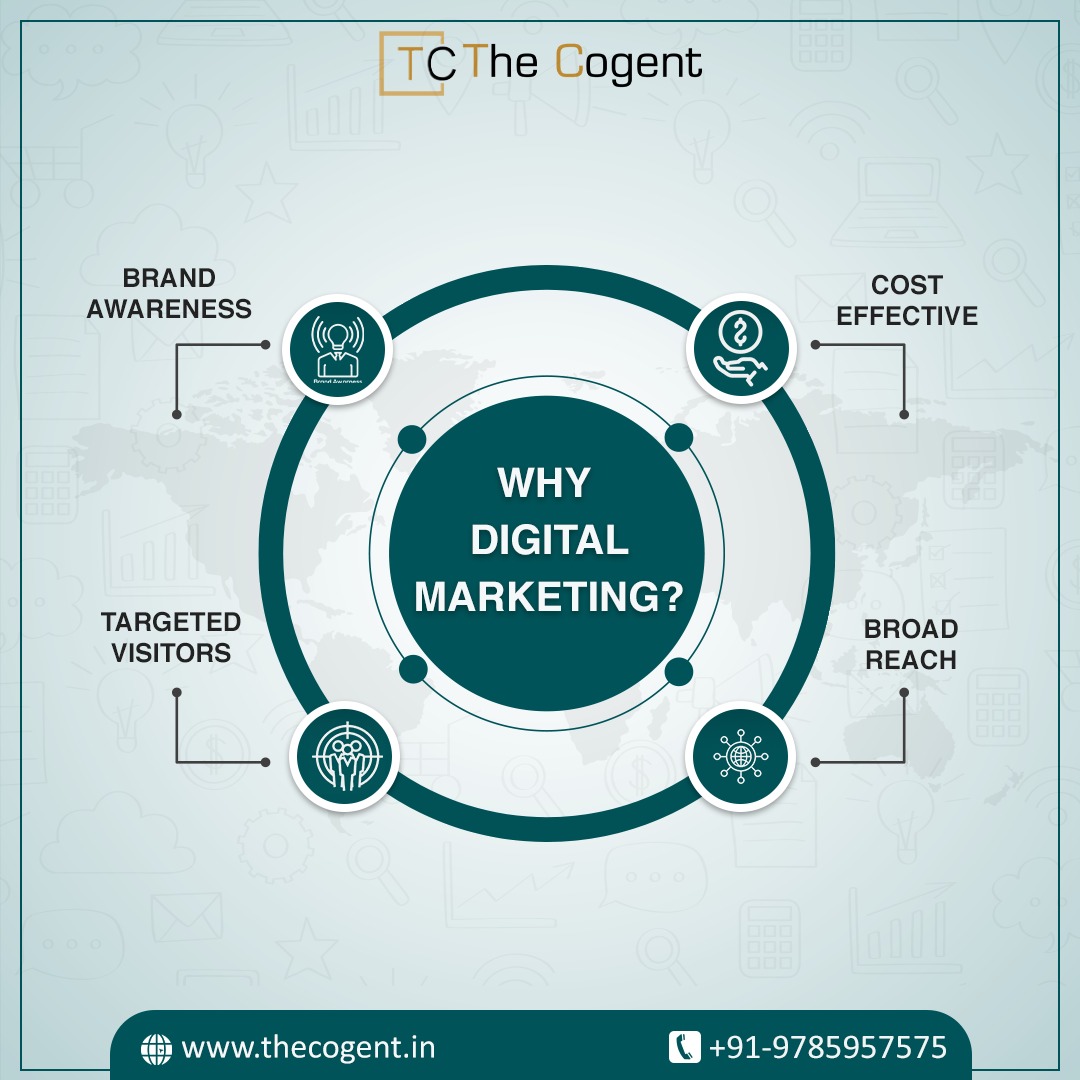Pay-for-Performance SEO: What CMOs Need to Know

Strong 8k brings an ultra-HD IPTV experience to your living room and your pocket.
Traditional SEO often feels like a gamble. You invest every month without knowing exactly what you'll get. Reports might show rankings and traffic growth, but
- Where are the leads?
- The revenue?
- The actual business impact?
That’s where a different kind of pricing model is gaining popularity: Pay for performance SEO.
At first glance, it sounds simple. You only pay when results show up. No vague progress reports. No excuses. But simplicity can hide complexity. As a CMO, you don’t have time for buzzwords. You need facts, not fluff. You need clarity, control, and results.
Let’s break it down. What does this model really offer? And more importantly, what should you watch out for?
What Pay for Performance SEO Actually Means
It sounds like a win-win, right? No results, no payment, what's not to like? But like most things in marketing, the reality is a bit more layered. Pay for performance SEO means your business pays only when the agency delivers agreed-upon results. That might sound ideal, but it depends heavily on how “results” are defined. For some providers, success means hitting the first page for a list of keywords. Others base it on traffic growth, lead volume, or even conversions.
Here’s where it gets tricky. Not all performance metrics are equally valuable.
- A spike in traffic from the wrong audience doesn’t help.
- Rankings for irrelevant or low-intent keywords waste budget.
- A flood of leads that don’t convert brings zero revenue.
So while the model seems risk-free, the performance you pay for has to align with your real business goals. Otherwise, it’s just another distraction that looks good in a slide deck but means nothing to your bottom line.
Why CMOs Are Paying Attention to This Model
Right now, performance-based SEO is getting attention because it changes who carries the risk. In traditional SEO contracts, agencies get paid whether or not they deliver, which can leave you wondering if your spending is actually helping.
This model flips that dynamic. If the provider doesn’t produce, they don’t get paid. That shift forces accountability and gives you a reason to expect real outcomes.
The average ROI from SEO ranges from 200% to 500%, showcasing its cost-effectiveness compared to other marketing channels.
Here’s what that looks like in action:
- Real metrics tied to growth.
- Less budget waste.
- Faster decisions based on data.
- Clearer ROI stories for stakeholders.
It is more aligned with the way marketing teams work in many instances. You test fast, analyze the data, and then invest only if the data supports it.
However, it is not without faults. And, moreover, you will find some agencies whose structure just won't deliver.
Can You Really Hold Agencies Accountable?
It’s tempting to think this model guarantees success. But the truth is, SEO lives in a messy ecosystem. Google changes its algorithm constantly, competitors shift strategies, and consumer search behavior evolves.
So when someone promises guaranteed results, don’t celebrate yet. Ask questions.
How exactly are they planning to hit those results?
If the answer includes shady tactics or shortcuts, you’ve got a bigger problem. Some providers will try to win short-term points by:
- Using link farms.
- Creating fake traffic spikes.
- Targeting ultra-easy keywords with no value.
Sure, they might get you on page one. But what happens when Google finds out? Or when your conversions flatline?
So yes, accountability matters. But make sure you're agreeing on performance that’s relevant, honest, and sustainable.
What CMOs Should Insist On in a Performance SEO Contract
If you’re ready to try this model, focus on structure, not just price. Look for alignment between their work and your strategy.
Here’s what to lock in before signing anything:
1. Smart KPIs
- It is important to strive for measurable objectives that correspond to business issues. Organic leads, e-commerce sales, and subscriber sign ups could be some examples. Do not opt for metrics that look nice but do not add to the pipeline.
2. Timeframes
- One does not achieve high rankings in a day. Expect an initial setup of 30 to 60 days, to be followed by at least 90 days of the growth period. If they say they will do it in two weeks, away you go.
3. Work ownership
- Make sure you keep hold of everything related to SEO: content, links, landing pages, you name it. If the agency walks off, they should leave their work with you.
4. Focus on conversion
- Ask them how they plan to convert traffic into sales. Without this step, SEO is just vanity.
5. Live dashboards
- Fresh data means more than data summaries per month. Demand a real-time view of keyword rankings, conversions, and traffic.
The goal is simple: build trust, remove guesswork, and tie effort to value.
You Still Need to Invest (And That’s Okay)
It may be called pay for performance, but that doesn’t mean it’s free until results arrive. Most serious agencies will charge a small onboarding fee or a monthly minimum.
And honestly, that makes sense.
Foundational SEO takes real time, fixing broken site structures, improving page speed, and conducting keyword research. If your site is a mess, no amount of clever pricing will save you.
So don’t let the word “performance” make you think you can skip the basics. Be willing to invest in setup—just make sure you’re also protecting your long-term ROI.
Watch Out for These Common Traps
Like any trending strategy, pay for performance SEO attracts both experts and opportunists. Some offers sound great but fall apart fast.
Here are some red flags:
- Guaranteed rankings in 30 days (SEO doesn’t work that fast)
- Rigid keyword lists with no discussion about the audience
- No contract or month-to-month only terms
- Pushy upsells once you’re locked in
If something feels too easy, dig deeper. Real SEO takes work. And smart SEO never cuts corners to look good in the short run.
When Performance SEO Makes Strategic Sense
This model doesn’t work for everyone, but in the right scenario, it can unlock serious value. It’s a strong fit when:
- Your current SEO spend is flatlining.
- You need proof of concept before scaling.
- You’re launching a new product or targeting a new segment.
- You want marketing costs tied directly to business growth.
But if your site already ranks well or you operate in a niche with little competition, this model may not bring much more than you’re already getting. In short, timing matters.
What Your CFO Will Want to Hear
Let’s talk numbers for a minute. Your CFO isn’t interested in impressions or bounce rates. They care about one thing: efficiency. Frame it like this:
- “We’re shifting to a variable-cost model tied to outcomes.”
- “We only pay when pre-defined metrics are met.”
- “This reduces risk and improves ROI tracking.”
That kind of language builds internal support. It shows you’re thinking like a business leader, not just a marketer. And when the results follow, you’ll have the numbers to prove it.
Long-Term Growth Still Needs a Foundation
Here’s the irony: while pay for performance SEO may seem short-term, it can actually build long-term value if done right. That’s because strong agencies don’t just chase quick wins. They combine fast improvements with a deep SEO infrastructure:
- Content that ranks now and later.
- Backlinks from quality sites.
- Optimization that scales with your growth.
So yes, this model can be part of your broader strategy. But don’t focus on short-term rewards that you forget long-term resilience. Build both. That’s how you win.
Conclusion
Pay-for-performance SEO is not a magic fix, but it does challenge the old rules. It makes providers prove their value. It gives you a clearer way to measure success. And it puts the focus back where it belongs: on results.
Just remember, performance means nothing if it’s not strategic. So choose wisely, demand transparency, and never trade short-term hype for long-term impact. At the end of the day, SEO should work for you, not the other way around.
The model is changing. So should your expectations. And now, you know exactly what to ask.
Note: IndiBlogHub features both user-submitted and editorial content. We do not verify third-party contributions. Read our Disclaimer and Privacy Policyfor details.







